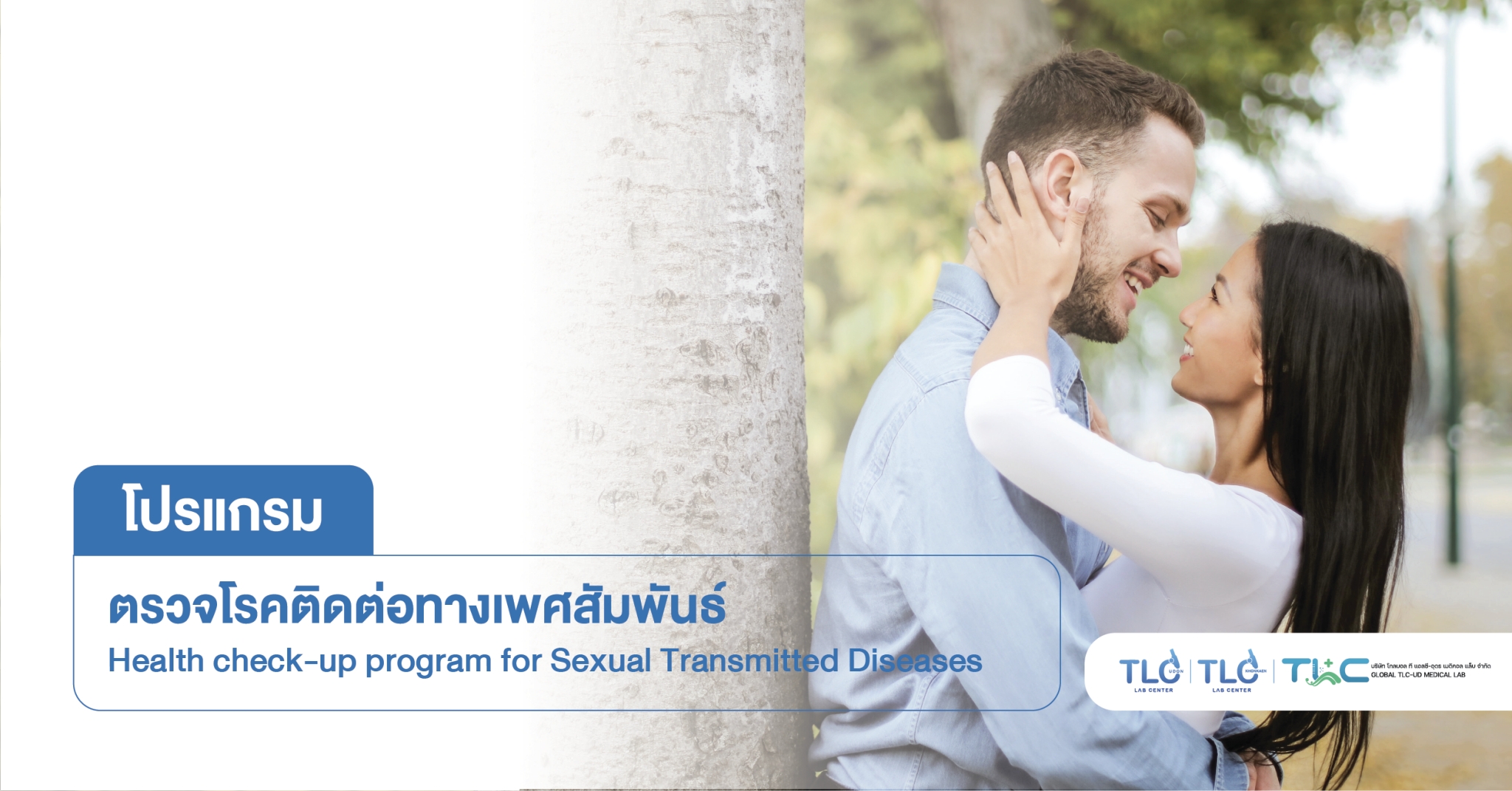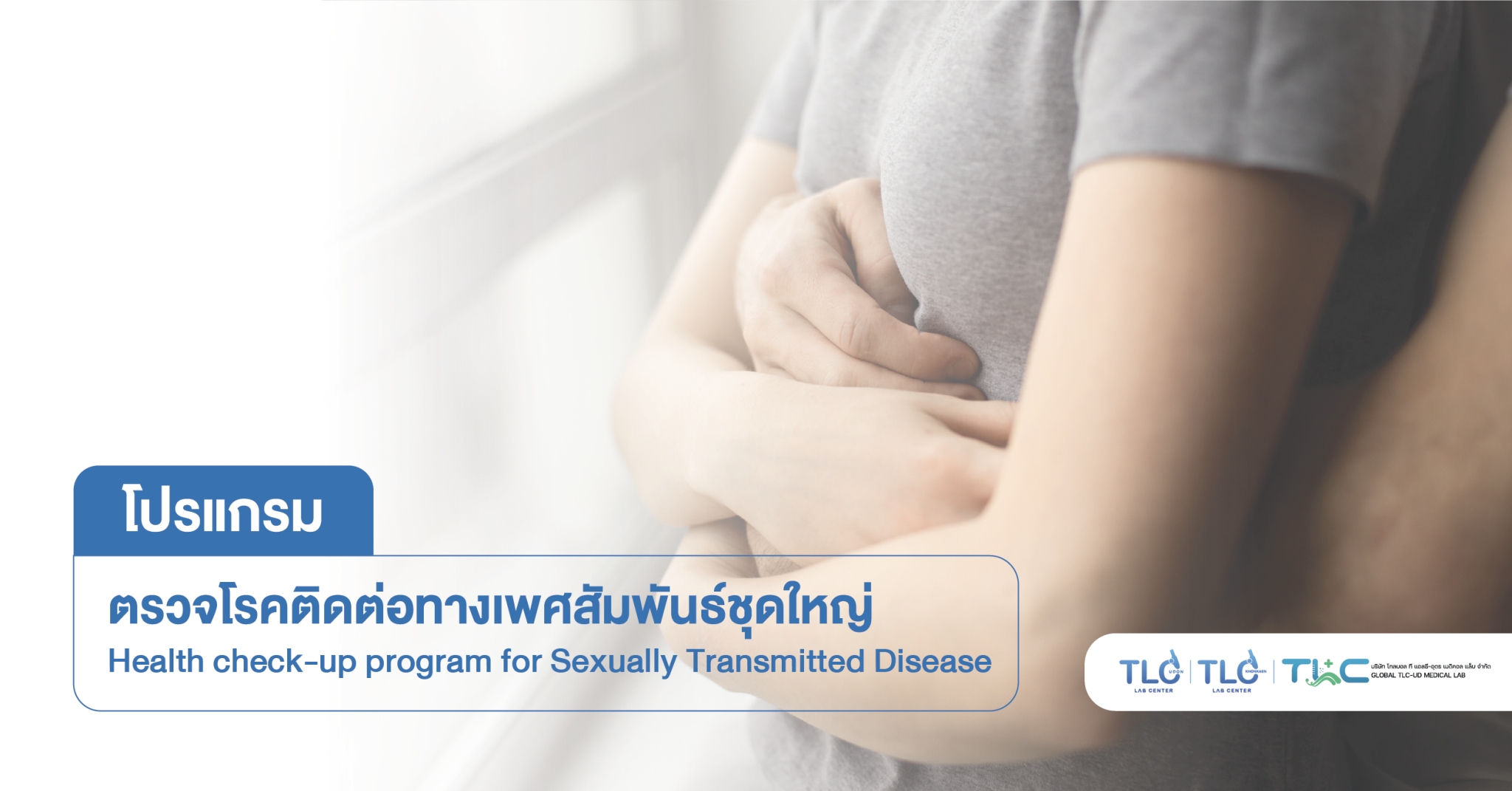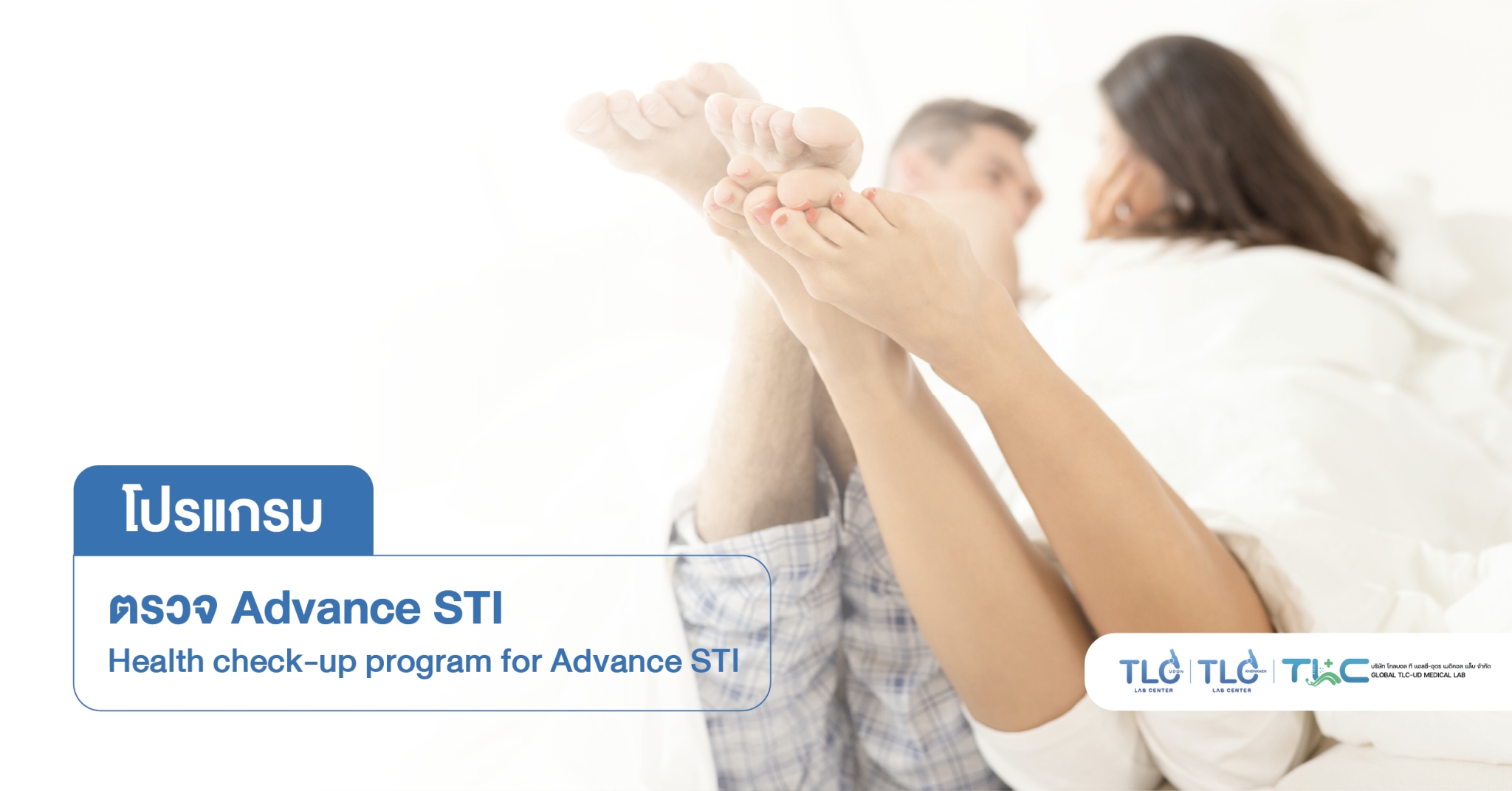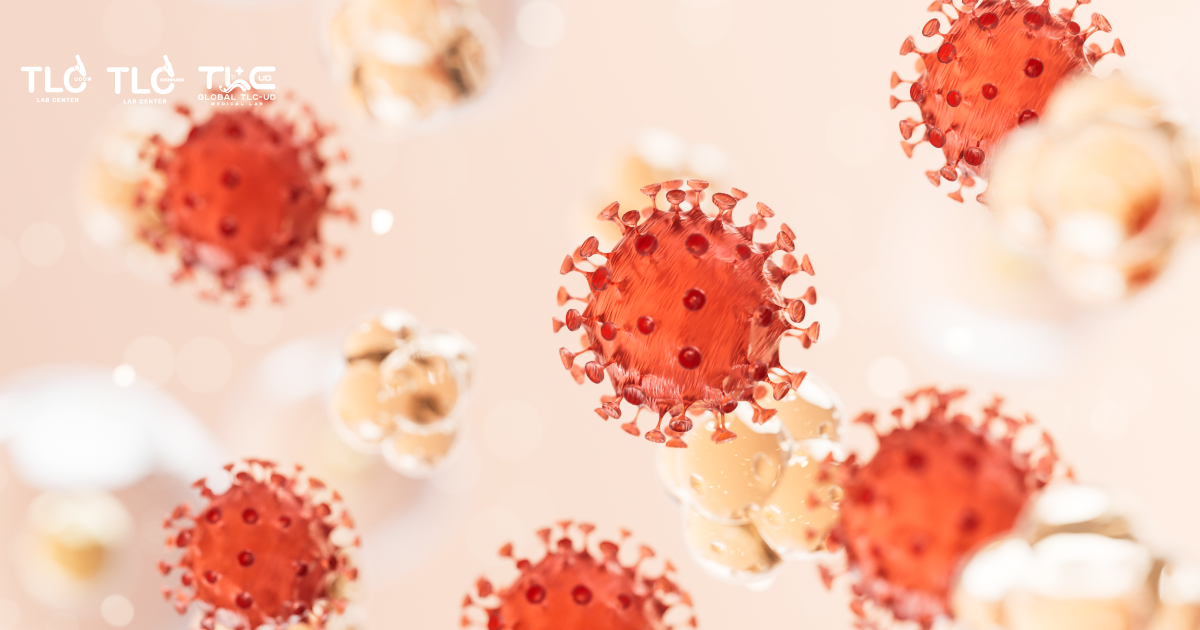Herpes is a common disease today, caused by infection with the herpes simplex virus (HSV). It spreads through skin contact or sexual activity. The infection typically appears as a rash with clear fluid-filled blisters, most commonly around the lips, accompanied by a burning sensation. Some individuals may also experience fever. Although it can be treated, herpes is not curable because the virus remains dormant in the body and can flare up again when the immune system is weakened. This leads to recurring outbreaks. However, there are ways to alleviate symptoms and prevent recurrence.
What Causes Herpes?
Herpes is caused by infection with the herpes simplex virus (HSV), which has two types: HSV-1 and HSV-2. It spreads from person to person through direct or indirect contact with the bodily fluids of an infected individual, particularly around the mouth and genitals. Transmission can occur through:
- Kissing someone with an active infection
- Sharing drinking glasses
- Using the same lipstick
- Unprotected sexual intercourse
- Oral sex
This can result in oral herpes, genital herpes, or herpes elsewhere on the skin. Parents with herpes can also transmit the virus to their children through kissing, skin contact, or sharing contaminated items like utensils.
How Many Types of Herpes Are There?
Medically, herpes is classified into two main types based on the area of infection. Both types can spread and appear in various parts of the body:
- Herpes Simplex Virus Type 1 (HSV-1):
Causes sores or blisters around the mouth, face, inside the nose, or other areas above the waist. Oral herpes typically results from contact with saliva or other secretions from someone infected with HSV-1, leading to fluid-filled blisters, inflamed skin, and painful sores. - Herpes Simplex Virus Type 2 (HSV-2):
Commonly causes genital herpes. It is primarily transmitted through sexual contact and results in itching, irritation, painful blisters, and sores on or around the male or female genital area.

What Are the Symptoms of Herpes?
Early symptoms often start with itching or tingling at the infection site, followed by the appearance of clear, fluid-filled blisters that form clusters on inflamed red skin. These symptoms typically last 2–3 days up to 1–2 weeks and can be contagious during this period. The blisters eventually burst, ooze, and scab over during healing.
Herpes is incurable and may recur. After healing, the HSV virus hides in the nerve ganglia without symptoms, reactivating when the immune system is compromised.
Common symptoms include:
- Clusters of small clear blisters or ulcers around the lips, tongue, face, or genitals
- Itching, irritation, and burning in the genital or anal area
- Pain during intercourse (dyspareunia)
- Sharp, stinging, or burning sensations
- Fever, headache, muscle aches, or swollen lymph nodes
- Pain or burning while urinating
- Vaginal discharge with a foul odor (in females)
- Swelling and redness of the genital area
Why Does Herpes Recur Frequently?
After the initial outbreak heals, the virus retreats into the nerve ganglia. Whenever the immune system is weakened, the virus can reactivate, causing recurring symptoms. Recurrences are most common within the first year after the initial infection. Over time, the body builds stronger immunity, leading to less frequent episodes.
Triggers for recurrence include:
- Stress
- Lack of sleep
- Illness or fever
- Sun exposure
- Menstruation
- Surgical procedures
Laboratory Tests
- PCR Test for HSV-1 and HSV-2 (using urine samples)
- Antibody Test for HSV-1 and HSV-2 (via blood samples)














